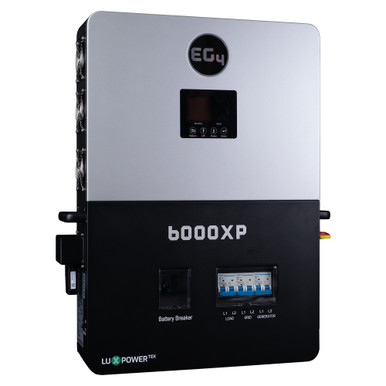As can be seen by the comments so far, most here expect that people will need and/or be able to engineer their own system, which begins with some basic math to calculate one's needs. But for a total newbie, even this math can be daunting.
It is a little complicated, but I think it's not so difficult if taken one step at a time. Your freezer is the biggest question here. Older freezers and refrigerators consumed considerably more power than the newer ones: efficiency has dramatically improved, and the newer inverter-style models use much less power. But the same freezer in two different homes might use different amounts of power, too....how often is it opened? is it in a cool basement room or an air-conditioned environment...or is it in a hot corner of the garage? Etc.
This might be a tad high for a new model, since the cooling will not need to run continuously (hopefully), but assuming an average of 300 watts for the freezer, then let's add 50 watts for the cameras, and 6 hours/day of 200 watts for the TV (average of 50 watts per hour for 24-hour period), we are at about 400 watts of steady usage. The motor on the freezer will demand much higher power for a few seconds when it starts, which is why the inverter needs to be rated well above the average usage level, and let's assume some inefficiencies and a few minor draws (LED lights, phones, etc.)--so we'll do the math on 500 watts per hour. With 24-hours, that's 500 x 24 = 12,000 Wh for one day. A 15-kilowatt Lithium Ion battery (LiFePO4) would serve you nicely, and I would recommend at least a 2000-watt inverter to accommodate those power surges from motors and to provide a little more for some future needs. If you have the budget, a 3000- to 5000-watt inverter might be worthwhile if you think you might use it in the future for larger loads, such as air conditioning, or for a welder, a well pump, etc.
I have run a 24-volt battery system with a 2000-watt inverter successfully, and a second 24V/3000W system did great as well, but knowing what I know now, I would prefer a 48-volt system for any type of whole-house setup. The 48-volt systems are more efficient, and are more scalable if expansions are needed in the future.
If running on "flooded" lead acid batteries, you would want at least four 300 AH batteries connected in series for a 48-volt system. But for long-term usage, skip the lead and go with LiFePO4. While they appear more expensive at the outset, they are expected to be much cheaper after a few years when the lead-acid batteries will have failed and need replacement while the LiFePO4 batteries continue running fine. Besides, the lead-acid batteries are much less safe, producing toxic H2S (hydrogen sulfide) gas while charging, and requiring ongoing maintenance by the addition of distilled water to replace depleted levels in each of the battery cells (I was adding over a gallon of water at least twice a year with very large deep-cycle batteries--with smaller batteries the frequency might need to be every three-four months).
Learn about LiFePO4 and all of its advantages and I think you will also prefer it.

signaturesolar.com

signaturesolar.com


